2018 marks a century since the founder of Nikka Whisky, Masataka Taketsuru, set out on a journey that would alter the history of Japanese whisky. Based primarily on his serialized autobiography originally published in Nikkei in 1968, in Part Eight Taketsuru strikes out on his own and creates the Yoichi Distillery. The rest is history! Click here to read previous entries in this series.
Heading to Yoichi
Making whisky requires a long-term outlook. It takes years and years for whisky to mature, and maturing properly requires the right environment. Thus the success or failure of a whisky business often hinges on its ability to survive until the initial batches of matured whisky are released. Here in Japan we’ve seen many new entrants pop up, and often, they choose to make gin to hold them over. Others offer cask owners’ programs to customers hopeful that the final product will be worth it.
Taketsuru opted to make fruit juice his company’s holdover, since it can be sold as soon as it’s made. He pooled money from three friends, and decided to start a company with operating capital of 100,000 yen.
“Without hesitation, I decided to make the distillery in Yoichi, Hokkaido, which I had my eye on for a long time. It sits at the entrance of the Shakotan Peninsula, on the delta of Yoichi River feeding into the Sea of Japan’s Ishikari Bay,” he writes of his decision. Famous for herrings, Yoichi is also famous for apples and grapes. “It’s a rich land, even by Hokkaido standards.” There are two theories behind Yoichi’s name. One is that it comes from the Ainu word for a big area with a winding river like a snake, “Iyotein.” The other is that it comes from the word for a warm place with snakes, “Ioichi.” Or maybe it’s both! “There was peat available nearby, and it had the ideal conditions to for whisky making,” Taketsuru says of Yoichi.
The climate and scenery looks quite similar to Scotland, so Rita was even happier than he was when they moved there. “She felt like she had come home,” he writes. Particularly the way the mountains get misty at dawn and dusk was like Scotland. “She would get out the golf clubs she brought from Scotland, and practice her tee shot in the yard.”
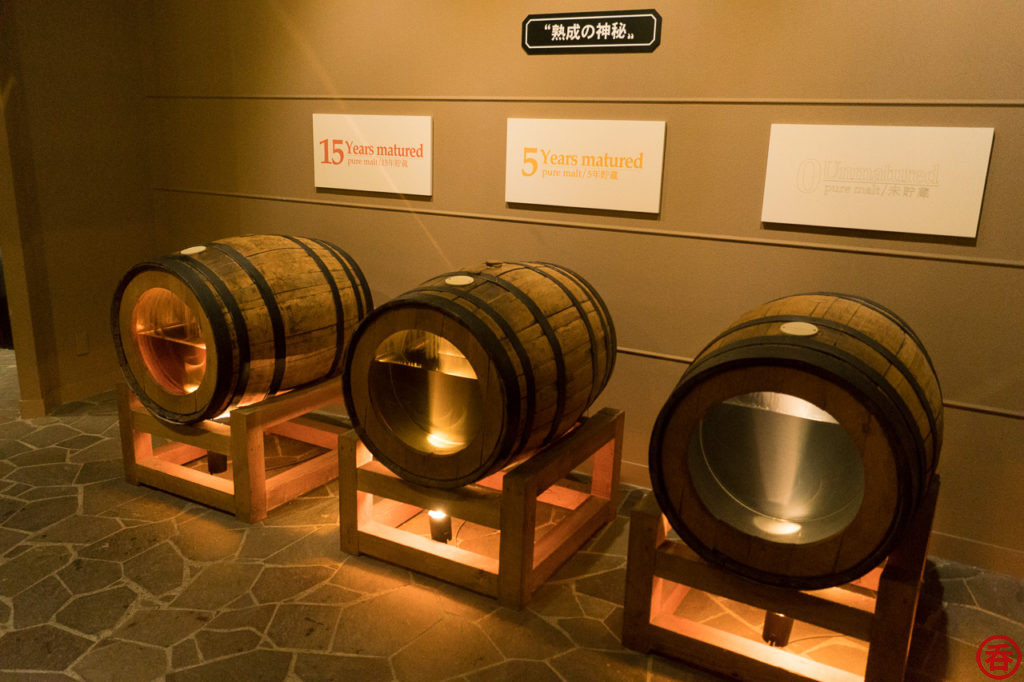
Beginning with Apple Juice
The factory was completed by October 1934, and production of apple juice from Yoichi apples began. He also got a cash infusion of 1 million yen from Sumitomo Bank to prepare the whisky side of the business. The company was named “Dai Nippon Kaju,” which translates to “Great Japan Juice.” “Everything was being named ‘Great Japan’ in those days,” Taketsuru recalls.
Although the juice was healthy and full of vitamins – each bottle having 5 apples worth – it didn’t sell as well as he hoped. Ramune and cider were more popular in those days,” he says. He describes some of the rough times he and the company went through:
I sent juice by ship to Tokyo and Osaka from Otaru. One of the shipments from Otaru to Tokyo instead went north to Rumoi, and was being loaded with cargo. It snowed while sitting in port, so the glue used on the bottle labels ended up getting moldy by the time they arrived in Tokyo. I was also once summoned for questioning by the local police of Hongo in Tokyo, since some of the juice in Tokyo had gotten cloudy due to the coagulation of pectin, caused by the slow product turnover.
The company was in the red, and in the Japanese countryside, word travels fast. The company’s reputation was not good. But they did manage to stay in business. Their whisky preparations were underway, and the distillery was being built. For the pot still, he once again called upon Sennosuke Kita, who made the pot still for Yamazaki.
The first Nikka Whisky
Whisky distillation finally began in November 1936. Yet it still had to be matured. Along with Komatsuzaki-san, a cooper that joined Taketsuru from his Yokohama beer brewery days, their focus was simply making whisky and putting it into casks.
From 1934 to 1936, Japan would start to have problems with the theory of the Emperor as an organ of government. There was also the February 26 Incident. So while there was unrest across Japan, Yoichi had its own local issues to deal with – the herrings that made it famous stopped migrating to the area. The building that the herring co-op used, then later abandoned, was moved to the Yoichi Distillery grounds and used as a meeting venue. It’s since been rebuilt.
“Luckily, the whisky was doing great, absorbing the changing aromas of the four seasons. Even if the sales of the apple juice were down, I could go into the storehouse, and feel relaxed in mind and body,” he recalls. More Nikka products started popping out. Apple jelly, grape jelly, apple sauce in 1937. The next year, apple wine, a Nikka-only product at the time. It’s still in Nikka’s product lineup today.
In Fall 1940, Nikka’s first whisky came out, in a square-shaped bottle decorated with a diamond pattern. Sound familiar? That’s almost the exact same design as Suntory’s Kakubin, which was released in 1937.
The company’s name changed soon after. Taking two syllables from the “Dai Nippon Kaju” name, Taketsuru chose “Nikka” for three practical reasons: “it could only be read in one direction when written horizontally, it didn’t require a lot of space for neon signage, and could easily be resized to fill fixed spaces.”
It was tough to blend the first whisky from Hokkaido given there wasn’t much matured yet. As the first product out to market since I went independent, while I wasn’t quite satisfied, I was inspired.
A mere two months after the release of that first Nikka whisky, price controls were introduced by the Japanese government. Whisky would be rated grade 3, 2, or 1. Nikka and Suntory were granted “Grade 1” in a joint declaration from the Ministry of Economics and the Ministry of Finance. There was a third whisky designated that same grade. Dubbed “Tommy Whisky,” it was made by a company called Tokyo Jozo, made in a long-forgotten whisky distillery in Fujisawa. So Tommy Whisky was actually Japan’s second real whisky, not Nikka. Tokyo Jozo eventually ended up being bought out by Suntory.
It was around the same time that the Yoichi Distillery became a designated factory of the Imperial Japanese Navy. This meant that they received rations of barley, so the storehouses began filling up. There were also some precautions taken to protect the stock in the event of fire. At the time, the storehouses were placed on an island within a marsh on the distillery grounds. Not only that, but they were deliberately placed far apart from one another. Aged stocks were split evenly between the two storehouses, meaning that even if something were to happen to one storehouse, Nikka would still have aged product.
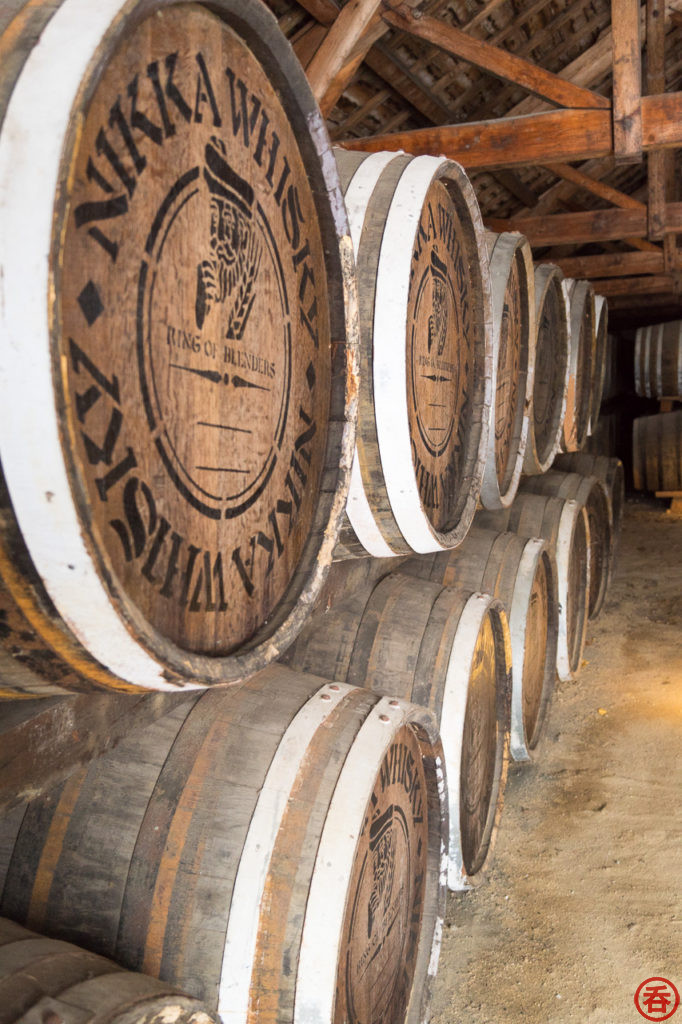
Two egrets would visit the frozen marsh in winter, and the people of Yoichi eventually began to call the marsh the “Nikka Marsh.” Yoichi itself lost many of its people in the war. (Egrets appear as spirits of the dead in some Japanese folklore and legends). “The whisky just kept going quietly amongst all of the tragedy,” Taketsuru writes of the time.
At the conclusion of the war, the whisky was beginning to get closer and closer to the 10 year mark — “the basement for good whisky,” says Taketsuru. “But in post-war Japan, there wasn’t demand for real whisky, and it wouldn’t be profitable even if the makers released it.” Instead, bootlegs such as “Kasutori,” a shochu made from sake lees, and bombs (as in, beer or wine with liquor added) were all the rage.
In the tumult of post-war Occupation Japan, there was still demand for whisky by the Occupation forces’ generals and other foreigners. A directive was issued by central command to allow the exchange of American cigarettes and whisky for 15 cents.
Hi there! I created and run nomunication.jp. I’ve lived in Tokyo since 2008, and I am a certified Shochu Kikisake-shi/Shochu Sommelier (焼酎唎酒師), Cocktail Professor (カクテル検定1級), and I hold Whisky Kentei Levels 3 and JW (ウイスキー検定3級・JW級). I also sit on the Executive Committees for the Tokyo Whisky & Spirits Competition and Japanese Whisky Day. Click here for more details about me and this site. Kampai!

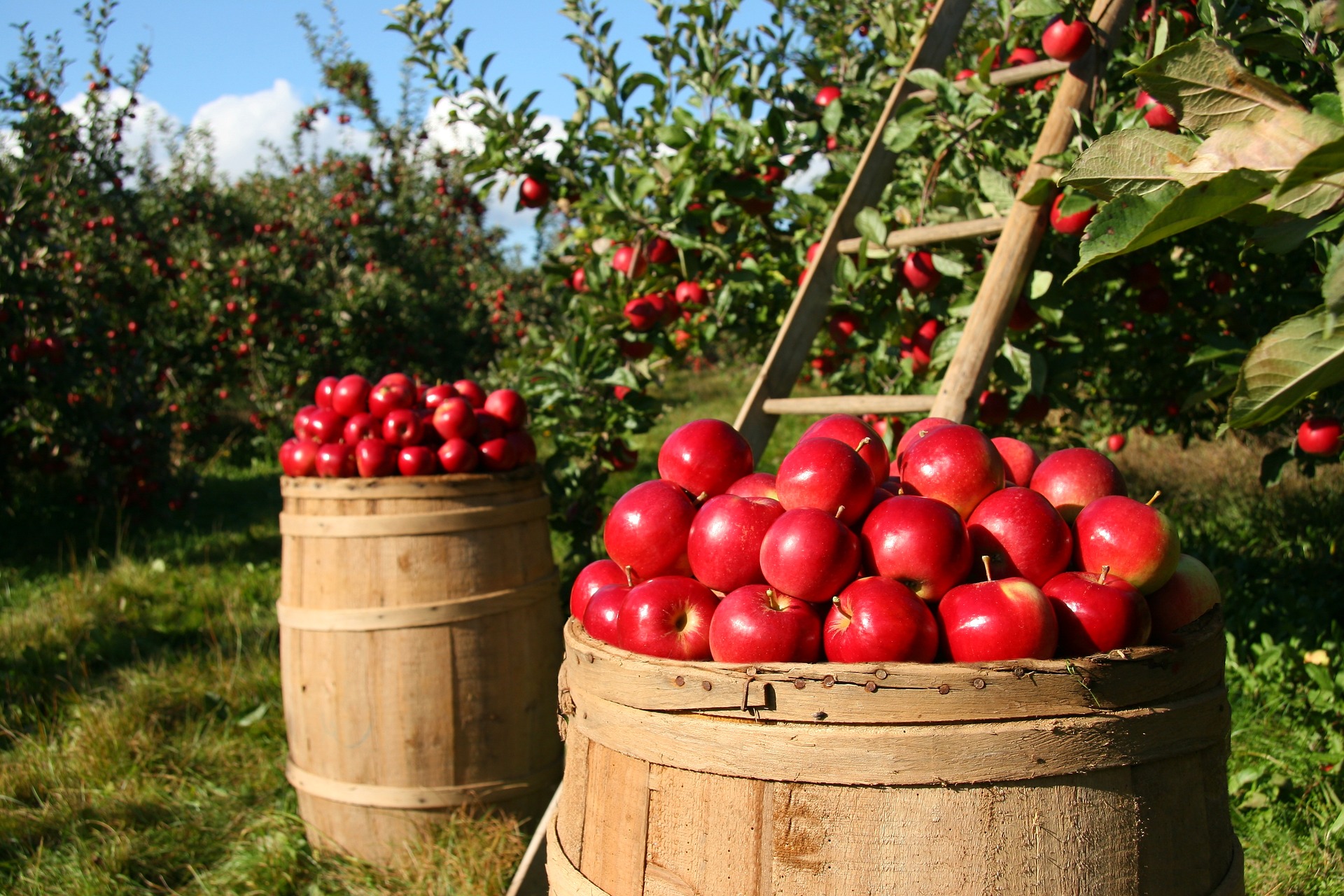
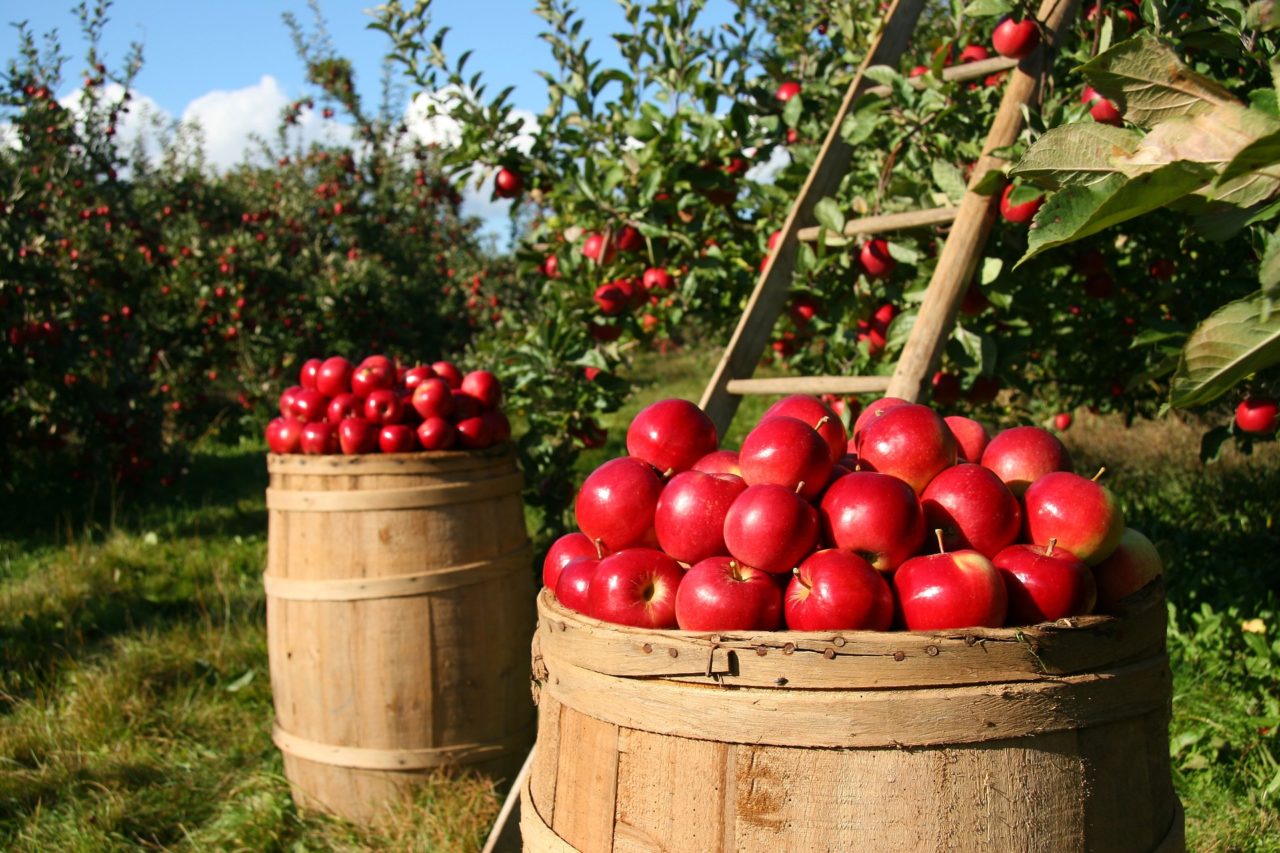
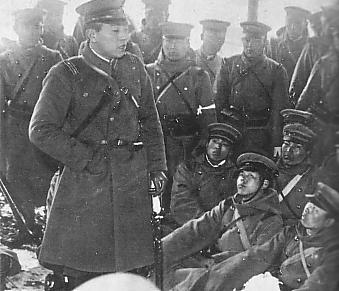
2 Comments